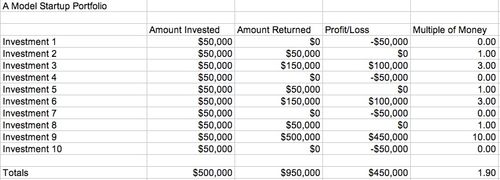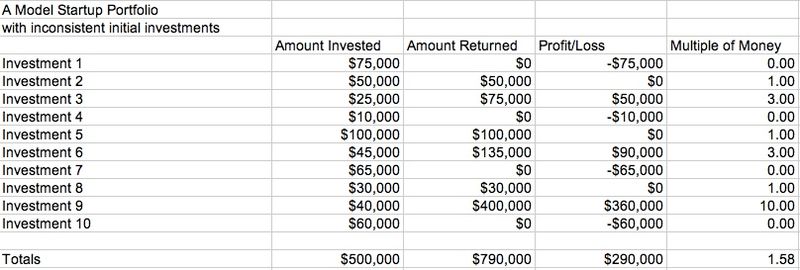Bypassing Wall Street
Ron Lieber has a column in today's New York Times called "A Financial Plan For The Truly Fed Up" where he lists some alternatives to investing your savings with the banks and brokerages that make up Wall Street.
His roadmap is basically what the Gotham Gal and I have been doing since the aftermath of the financial market meltdown in 2008. We invested pretty heavily in the stock market as the market was melting down in 2008 and I blogged actively about that here at AVC. But we took our gains early, in the first half of 2009, and then have more or less stayed out of the stock and bond markets since then (we do use our portfolio company Covestor's service).
We are in cash, real estate, venture capital, and private investments centered around our neighborhood and city (retail, restaurants, etc). Other than cash, we are invested in things we can touch and/or impact and understand.
As Ron talks about at the start of his piece, the never ending blowups on wall street are eroding confidence in that system. It certainly has eroded our confidence in that system. So we are staying out of it for the most part.
We do have our cash at a large money center bank. Ron advises credit unions instead. We haven't made that move and I am not sure we will.
Ron also advises people to check out peer to peer lending markets and mentions our portfolio company Lending Club. I was very happy to see that Ron has come around on peer to peer lending. Our firm is a big fan of these markets, having invested in two of them and looking at others.
And he describes a movement he calls Slow Money described in this way:
“Let’s just take some of our money and invest it near where we live in things we understand, starting with food,” as the movement’s founder, Woody Tasch, puts it. He describes returns as being in the “lowish single digits,” ranging from roughly 3 percent to a few percentage points higher.
The Gotham Gal and I are big fans of this approach. We have invested in a number of busineses in our neighborhood and city with expectations properly set for the occasional loss and in general low returns on the portfolio. But we are helping folks start their own businesses and create establishments we can use and that we want to see in our neighborhood. It feels good and I think it will turn out to be as good an investment as cash in the bank. At least I hope so.
As one system seems to be failing on a regular basis, it makes sense that there are new systems that operate differently that are emerging. We are seeking to invest in the ones that can scale at USV and the Gotham Gal and I are also looking to support these efforts in our personal investing. I am optimistic about this emerging movement and I am pleased to see mainstream media starting to talk about it.











